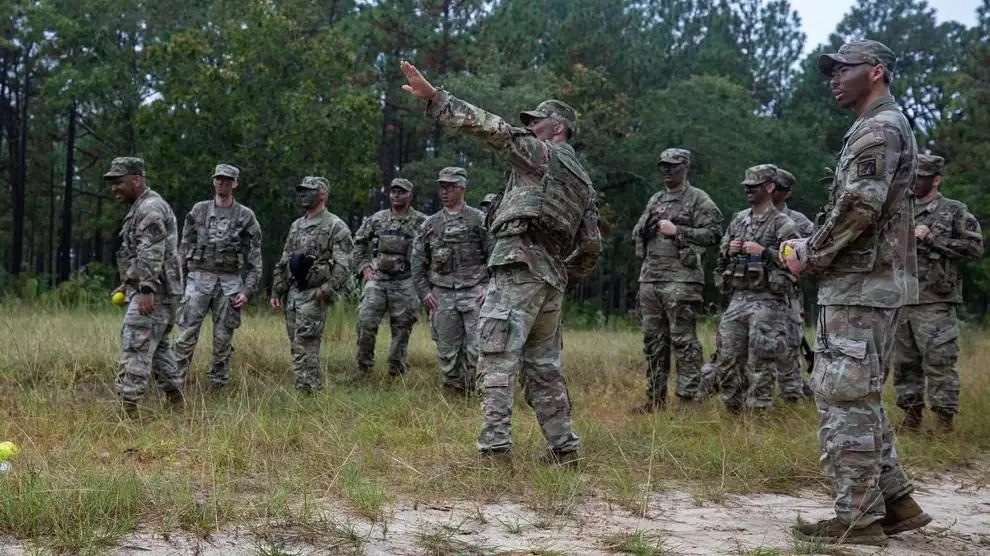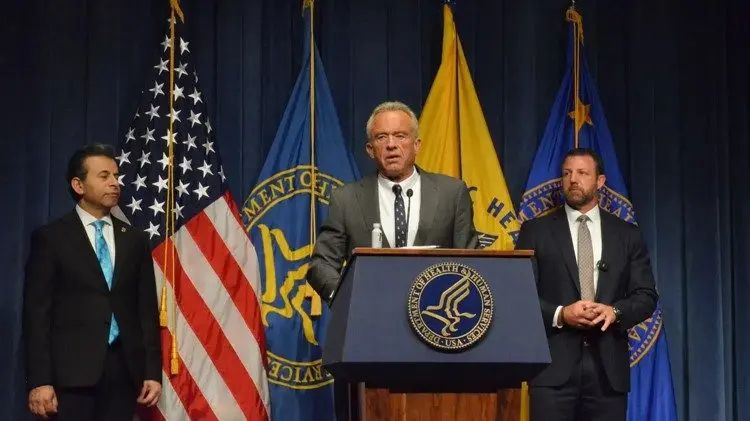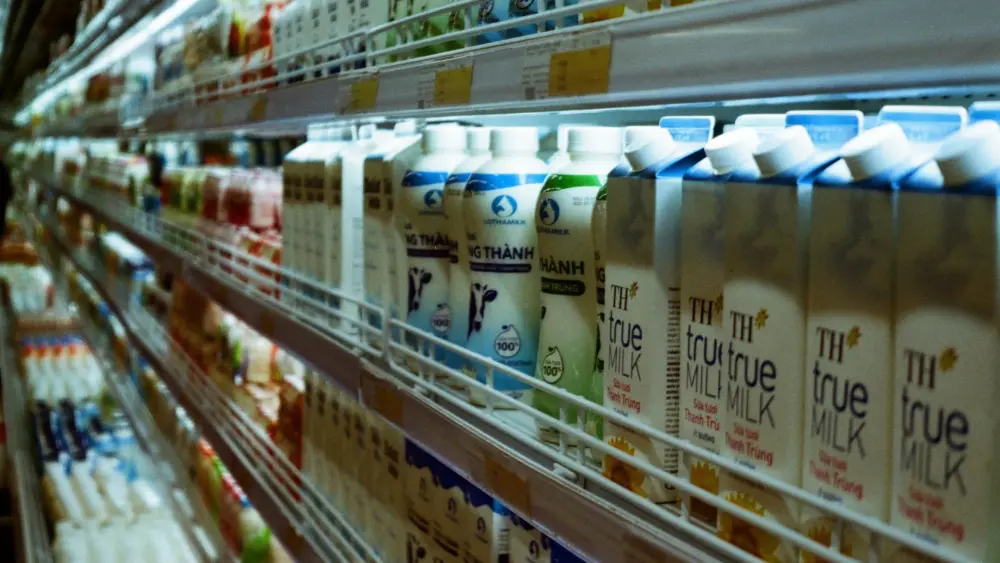U.S. – States may define microschools as homeschools, private schools or something else.
When Siri Fiske founded the Mysa Microschool in Washington, D.C., in 2016, there wasn’t a widely accepted term for her small, one-room schoolhouse model.
Now, the school is referred to on its website as one of the first microschools in the nation, and Fiske has seen a growing microschool movement since the COVID-19 pandemic.
In the five years since remote schooling amid pandemic-era lockdowns, microschools and homeschooling have emerged as increasingly popular alternatives to traditional public and private models. Smaller class sizes, individualized classrooms and lack of standardization are an appeal to parents, Fiske said.
“There’s this idea that people who open microschools are doing it for cultish or religious reasons, and there’s a misconception that all are like that,” Fiske said. “I’ve seen my students graduate into top colleges. There’s many ways to achieve academic success.”
Some education experts, however, have expressed concern about the growing movement. They question whether microschools are properly regulated and being held accountable, and whether they’ll pull dollars out of the public education system.
There is no federal definition of a microschool, and with the Trump administration’s plans to shutter the U.S. Department of Education, the onus is on states to figure them out.
In some states, microschools face a bind: If they operate as private schools, they’re required to meet facility, staffing and curricular standards that are often cost-prohibitive for schools their size. If they operate under homeschool laws, they face oversight, assessment mandates and reporting requirements that aren’t designed for multifamily or educator-led models.
Some states, including Georgia, Tennessee and Texas, have passed “Learning Rights Protection Acts” to codify microschools’ right to operate.
In Illinois, Maine, Massachusetts and Oregon, learning pods and microschools often face child care or private school licensing requirements if they involve multiple families, hire instructors or provide compensation for child care.
“Schools calling themselves microschools today are not what I would’ve called one back then. But I think that’s OK. It’s evolving,” Fiske said.
She pointed to the national school choice movement — and states such as West Virginia — for helping the microschool movement flourish.
In 2022, West Virginia became one of the few states to define a microschool, distinctly separating it from a private school, homeschool or learning pod.
Those classifications, and how these schools are funded and regulated, affect everything from whether a school must hire certified teachers to how it ensures student safety or civil rights protections. And with more public dollars flowing to private or hybrid learning options through vouchers and education savings accounts — to the detriment of public school funding, some argue — states will need to define these schools and their place in the ecosystem.
States will have to fill the gaps, said Weadé James, senior director of K-12 education policy with the Center for American Progress, a left-leaning policy think tank.
“Accountability can vary wildly. Some microschools aren’t required to have certified teachers, conduct annual assessments, or even guarantee civil rights protections,” said James. “If public voucher dollars are going to a microschool, there has to be some level of oversight and accountability.”
Many microschools aren’t accredited
Microschools defy easy classification, and many advocates argue that’s by design. Don Soifer, CEO of the National Microschooling Center, an industry group, cautions lawmakers against rushing to impose fixed legal definitions.
“Innovation is happening too fast. The moment you define it in law, it becomes obsolete,” Soifer said.
A 2024 sector analysis by the National Microschooling Center — one of the only sources of national data on the topic — found that many schools are operating outside traditional education principles.
In a survey of 400 microschools across 41 states, more than 60% of founders reported they were not currently licensed educators. Eighty-four percent reported their schools were not accredited. Among prospective founders, 48% are licensed educators (though only 14% currently work in public schools), 32% come from non-education fields, and 23% are parents building schools for their own children.
Most microschools (55%) operate under homeschool laws, while others function as private schools (37%), charters (6%) or fall into unique state categories (3%), according to the analysis.
“So, you can be a private or homeschool microschool program, where you aren’t required to provide students with certified teachers, or you aren’t required to conduct annual assessments,” James said.
Often described as “homeschool hybrids” or “small-scale learning communities,” microschools often serve around 16 students or fewer, and tend to cater to families with average or above-average incomes in their area. In some states, microschools have been authorized to receive public funds through voucher programs.
Some critics note that, like private schools, microschools may charge tuition, potentially excluding lower-income families and contributing to educational disparities.
These schools often operate in commercial spaces (41%), private residences (28%) or houses of worship (25%), according to the National Microschooling Center. The center also found the movement is diversifying: 37% of prospective founders are people of color, compared with 27% of current operators.
Because building and zoning codes vary from state to state and locality to locality, many operators may be unaware of the extra costs to meet school codes standards. Fiske recalls difficulties in expanding from Washington, D.C., to Vermont, which has stricter laws on water fountain requirements.
“Most people in the U.S. starting a microschool are doing it under the radar because the regulations to open a licensed school are so intense,” Fiske said. For the new school, she recalled, “it took us forever, and we had to install ADA-compliant toilets and water fountains for just 10 kids in Vermont.”
‘Microschooling is not one thing’
Microschools also operate in a legal gray zone, often outside the traditional K-12 system and subject to a patchwork of state and local policies that can either support or constrain their growth.
Growth has accelerated in conservative-leaning states with robust school choice programs, such as Arizona and Florida. Other states, such as Maryland, New York and North Dakota, have more restrictive homeschool or private school laws.
“Microschooling is not one thing. These schools look different in every state, and the policy frameworks around them vary wildly,” said Soifer, of the National Microschooling Center.
What is classified as a microschool can vary from “10 kids in a basement in Kentucky” to a 200-kid schoolhouse elsewhere.
Fiske said states need to create a way for operators and parents to know what to expect in a certain state, and help willing operators get the education and business acumen they need to run the schools successfully.
“But if you look at who is starting microschools in the U.S., it’s a lot of millennial parents who may not have any teacher training but wanted to create a learning environment for their children and others in the local community,” said Fiske. “And without efforts by the state to provide some incentives to earn accreditation and information as both a school and a small business, a few of these will find themselves going under.”
Seeking choices
After two decades working in conventional schools in the United States and around the world — including in Brazil, Egypt and Qatar — Justine Wilson turned down a high-paying leadership role at a prestigious private school. Instead, in 2023 she opened Curious and Kind Education, a two-day-a-week microschool in Sarasota, Florida, built around trust, nature-based learning and self-directed play.
Enrollment at Curious and Kind is mostly driven by word of mouth, she said. The program now has a waitlist. And Wilson has seen her enrollment grow from 18 students in her first year to roughly 100 students for the upcoming school year.
“The number of 5-year-olds on my waitlist is shocking,” she said, “and then I realized they’re COVID babies and their parents have really been driving this search for alternative schooling since the pandemic.”
James, of the Center for American Progress, questions whether microschools generally match the quality of traditional public schools, which still educate more than 80% of schoolchildren. She says families may be under the assumption that school choice options equate to better quality.
“We have created an illusion of choice to be quality, and I think a lot of families are seeking various choice options because they associate that with quality. But that doesn’t necessarily mean that where those students are going is any better than where they left,” she said.
“We need to take a closer look at what we are presenting to families,” James said. “It’s not just about having options and having a choice. It’s about having quality choice options.”
That quality, Soifer said, is what microschools are trying to achieve.
“Microschools do very well on the left, on the right … at the top end of the economy and at the fragile end of the income spectrum,” he said. “It’s really a matter of the new economy and a new way of thinking about education.”
Stateline reporter Robbie Sequeira can be reached at rsequeira@stateline.org.
This article was first published by Stateline, part of States Newsroom, a nonprofit news network supported by grants and a coalition of donors as a 501c(3) public charity. Stateline maintains editorial independence. Contact Editor Scott S. Greenberger for questions: info@stateline.org.





